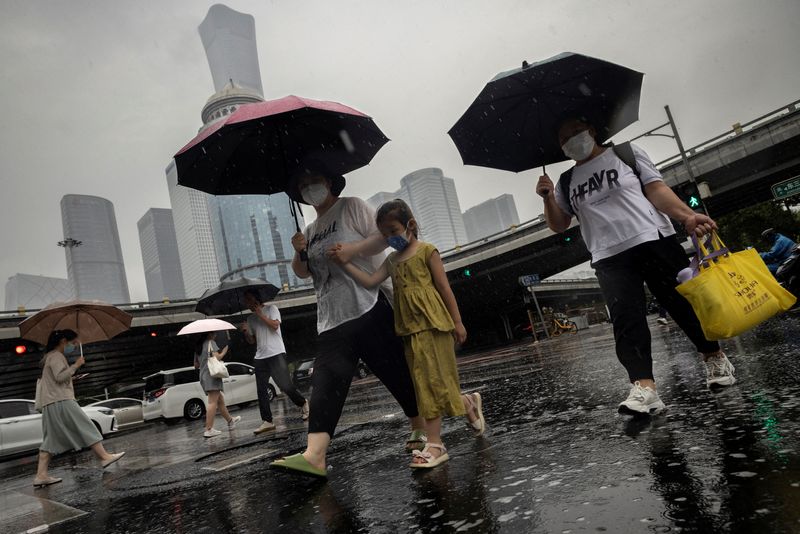
As per analysts at Barclays, these factors have heightened concerns about a potential Japan-style balance-sheet recession, posing significant downside risks to China’s GDP forecasts.
Despite expectations of 4.8% growth, the outlook remains bleak unless more robust and concerted policy measures are implemented to stabilize the situation.
The Chinese economy has been struggling with several interlinked challenges that are exacerbating the slowdown. The July 2024 activity data confirm a weak start to Q3, with industrial production growth decelerating, property investment contracting further, and retail sales remaining subdued.
“Despite a very low year-earlier base, retail sales growth remained firmly below 3% for the second straight month,” the analysts said.The industrial production growth rate also moderated to 5.1% year-on-year in July, slightly below expectations.
On the investment front, Fixed Asset Investment (FAI) growth has been disappointing, falling to a nine-month low of 2% year-on-year in July. This slowdown has been driven by worsened property investment and softer manufacturing investment, only partially offset by a slight pickup in infrastructure investment.
The July data also reported a continued decline in private credit demand and a negative GDP deflator for the fifth consecutive quarter, underscoring the deflationary pressures in the economy.
The real estate sector, a critical pillar of China’s economy, remains mired in a prolonged contraction. Despite policy measures introduced in May 2024 to stabilize the market, housing activity continues to decline.
Property investment slumped by 10.8% year-on-year in July, with new property sales falling by 15.4% year-on-year, deepening the contraction observed in the previous months.
Additionally, the market for new property sales in 30 major cities fell further in August, indicating that the housing market correction is far from over.
China’s labor market has also shown signs of deterioration, with the urban unemployment rate rising to 5.2% in July. This worsening labor market is contributing to weak consumer confidence, as reflected in the tepid retail sales growth.
Despite government efforts to stimulate auto purchases, auto sales have contracted for the fifth straight month. Moreover, the ongoing downturn in the housing market has led to a contraction in property-related retail sales, further weighing on overall consumption.
“We see some worrisome signs of a vicious cycle between wages and prices, with declining wage growth/rising unemployment coming hand-in-hand with falling price indicators (GDP deflator stayed negative for the fifth consecutive quarter),” said Barclays’ analysts.
This postponement is exacerbating the deflationary trend, as evidenced by the continued decline in the GDP deflator. The deflationary environment is, in turn, leading to further wage stagnation and job losses, trapping the economy in a vicious cycle that is difficult to break.
The current economic challenges are not merely cyclical but reflect deeper structural issues within China’s economy. The collapse of the housing bubble has significantly weakened household balance sheets, triggering a deleveraging process that could take a decade or more to resolve.
Even with record low interest rates, there is insufficient demand for borrowing, either for consumption or property purchases. This deleveraging is akin to the experiences of Japan and the United States during their respective financial crises, suggesting that China could face a prolonged period of economic stagnation.
Furthermore, private firms have become increasingly cautious about taking on loans and expanding capital expenditures, despite regulatory efforts to stimulate credit growth. This caution reflects a broader lack of confidence in the economic outlook, which is further exacerbating the slowdown.
To read the full article, Click Here
